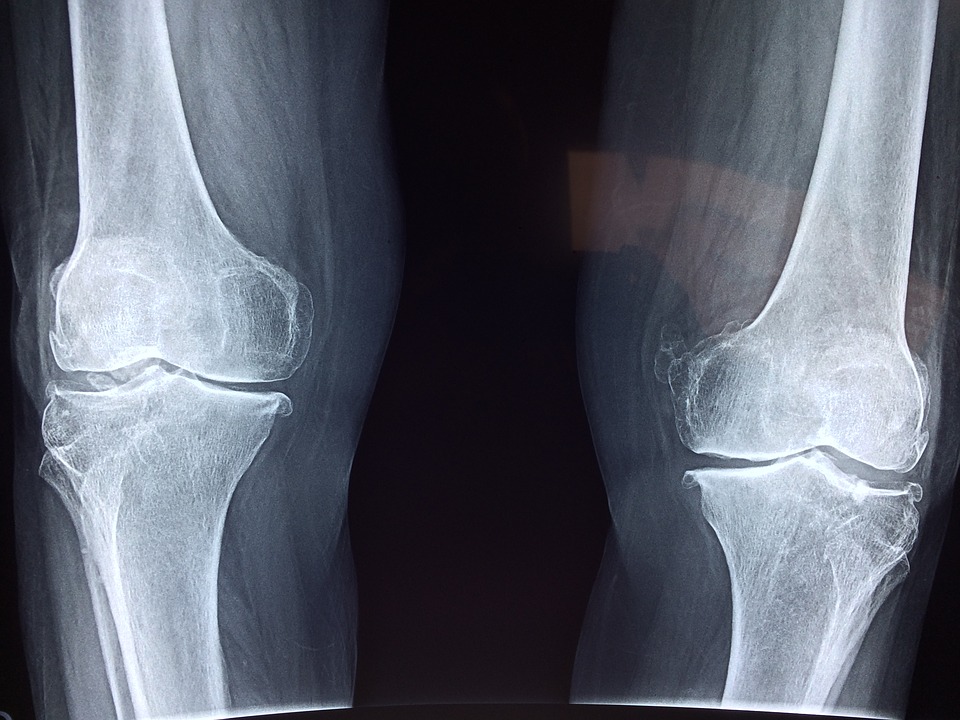
When a patient breaks a bone, there's a possibility the fracture won't heal properly or quickly -- even with the aid of pins, plates or a cast.
And use of another restorative tactic known as bone morphogenetic proteins, or BMPs, is increasingly less likely. Designed to promote spinal fusion and bone repair more than a decade ago, these molecules can overperform, causing excessive or misdirected bone growth, studies have shown.
But because bone-healing biological research has often been limited, few other options exist.
"Novel therapies have gone underdeveloped because of this assumption that bones heal without problem," says Kurt Hankenson, D.V.M., Ph.D., a professor of orthopaedic surgery at Michigan Medicine. "The reality is there's a huge number of fractures that occur each year that don't heal very well."
The divide recently inspired Hankenson and a team of scientists from other institutions to examine a new therapeutic approach.
Their method: deliver additional Jagged-1 -- a potent osteoinductive protein known to activate the Notch signaling pathway that regulates bone healing -- at the spot of a bone injury.
"We've hypothesized for many years that by binding the Jagged-1 to a biomaterial and delivering it to a bone injury site, we could enhance healing," Hankenson says.
The results, published in npj Regenerative Medicine, affirm that hunch: Rodents that received Jagged-1, applied via wet collagen sponge, saw improvements to skull and femoral bone injuries.
Rodents treated with BMPs, by contrast, also benefited but developed the same problematic bone hypertrophy associated with human use of those proteins.
Those findings suggest that the former therapy could one day benefit people.
Targeted healing agent
It's not fully known why some bones don't heal the way they should -- nor do scientists know whether a genetic component plays a role, Hankenson says.
This much is clear: People with metabolic dysfunction, such as diabetes, have greater odds of poor healing after a fracture. So do the elderly, who are also prone to more bone injuries because of lower bone mass, such as osteoporosis. Those suffering severe trauma, regardless of age or prior health status, also are likely to face problems.
What Hankenson and other research groups have studied for years, meanwhile, is the capacity of the Jagged-1 ligand to promote bone-forming cells.
The signaling is unique, Hankenson says, because this particular ligand typically binds to a delivery cell to activate bone healing in an adjacent cell -- a vital trait to help ensure that a supplemental Jagged-1 dose, administered at the spot of injury, stays in place (and on task) to carry out its intended function.
As a result, "bone will only form where bone is supposed to form," says Hankenson.
BMPs, by comparison, are soluble, so they can migrate from the site of delivery and settle elsewhere in the body, triggering other cells that aren't supposed to form bone.
Because the body produces Jagged-1 on its own, this potential new therapy would require a synthetic version of the ligand to be produced and administered to a patient.
"We do not think there is necessarily a deficiency," says Hankenson. "But when we think about biological molecules delivered for therapy, we're usually identifying something that's there normally and trying to promote more activity by giving more of it."
Future growth
Although more research and funding are needed before the concept could be tested in humans, Hankenson says the early results offer some takeaways.
Those with serious breaks or fractures that would otherwise require autogenous bone grafting stand to benefit the most from supplemental Jagged-1 injections, he notes.
That's because such grafting, which involves using bone from elsewhere in the body, is a costly surgical procedure that can have secondary problems -- and has a higher morbidity risk.
Patients with slow-healing or nonhealing bones might also receive Jagged-1 well after an injury occurs, Hankenson says.
The delivery mechanism, using biomaterials to provide structure for healing, may also be refined.
Still, because medical costs for bone injuries nearly exceed $1 trillion annually in the United States, not to mention lost productivity from missed work or multiple surgeries, the impetus to find alternative solutions remains strong.
"We've been very motivated to develop new therapeutics to repair bone," says Hankenson, "and the approach we've taken to do that is to better understand the biology of healing."
